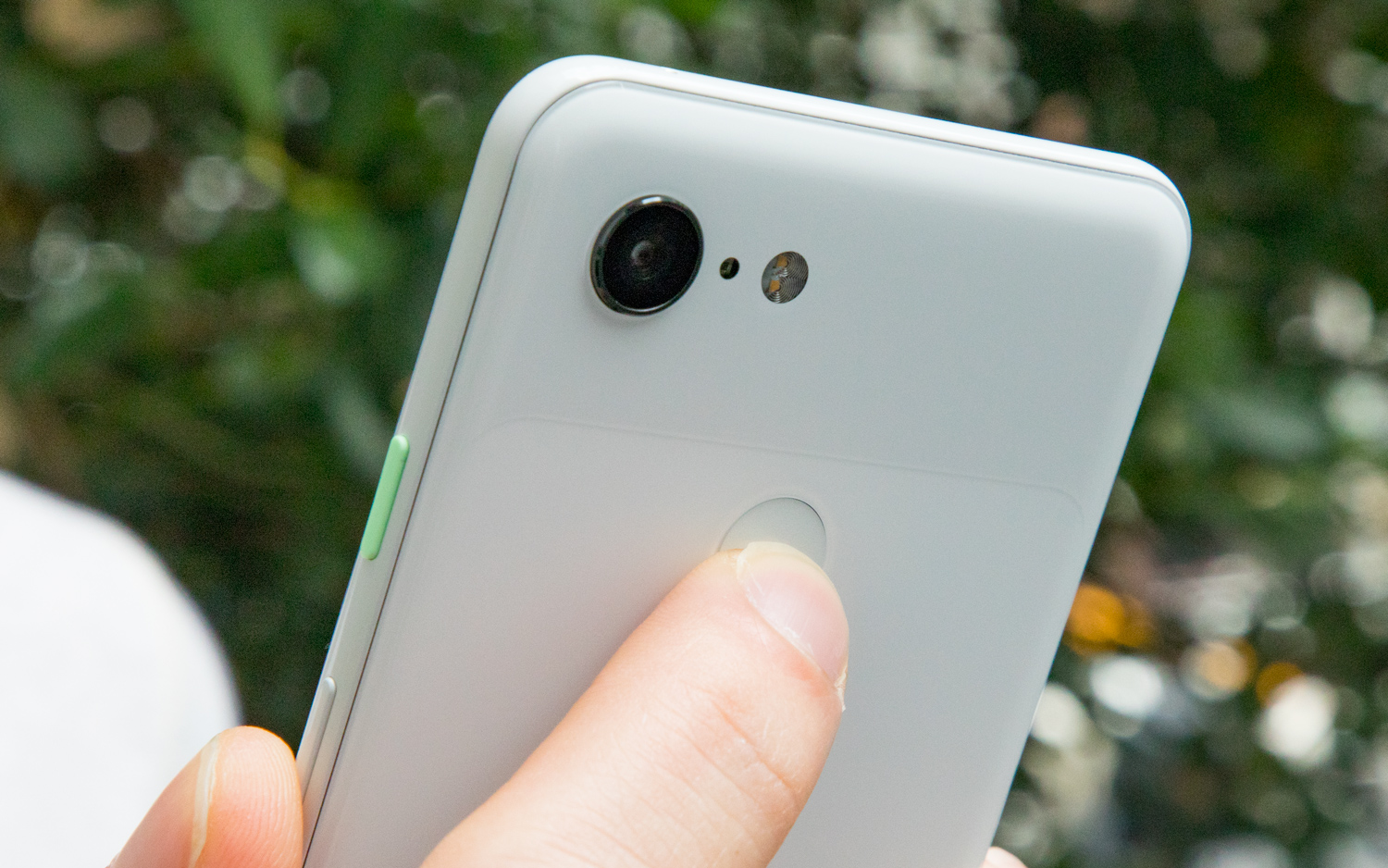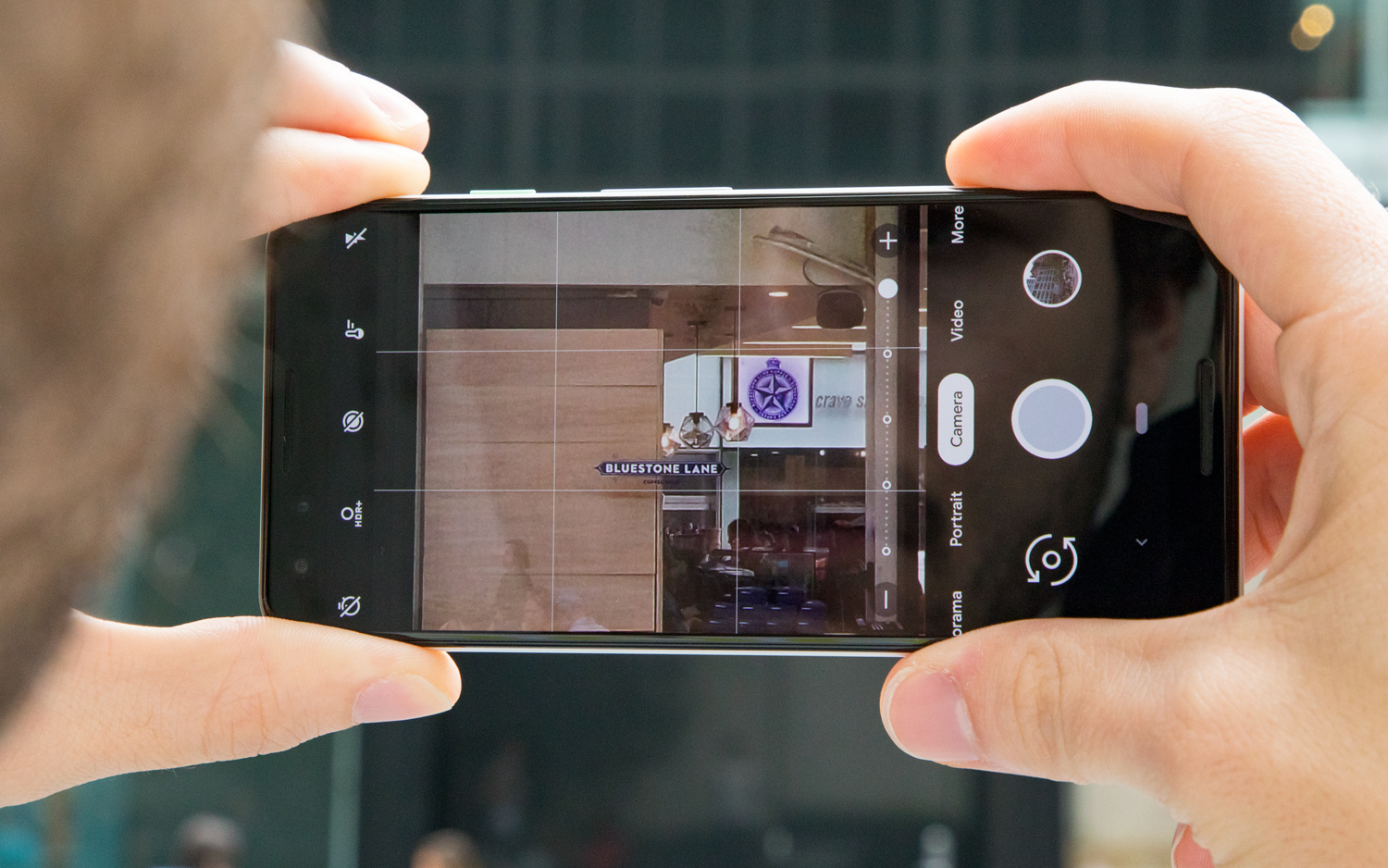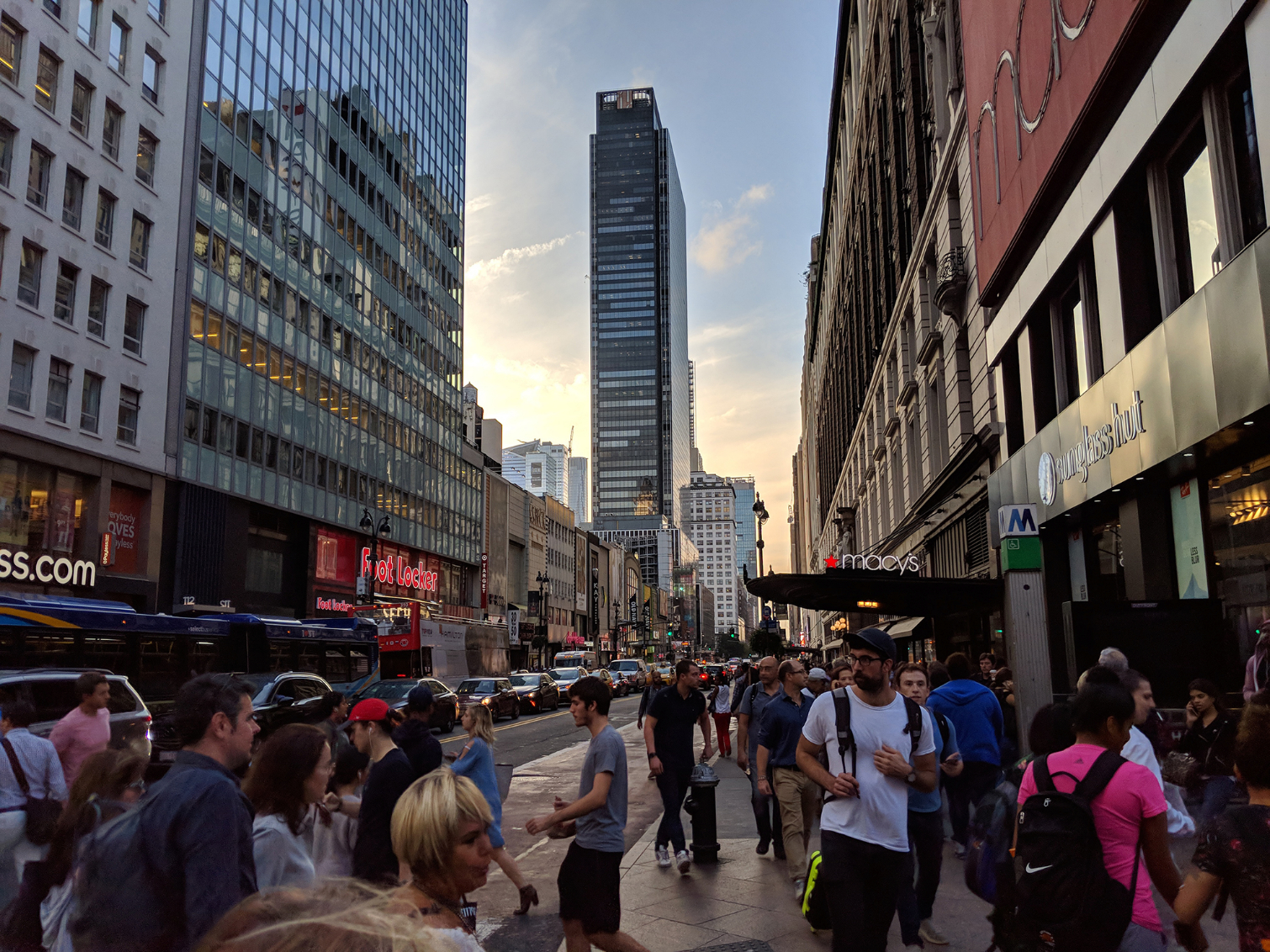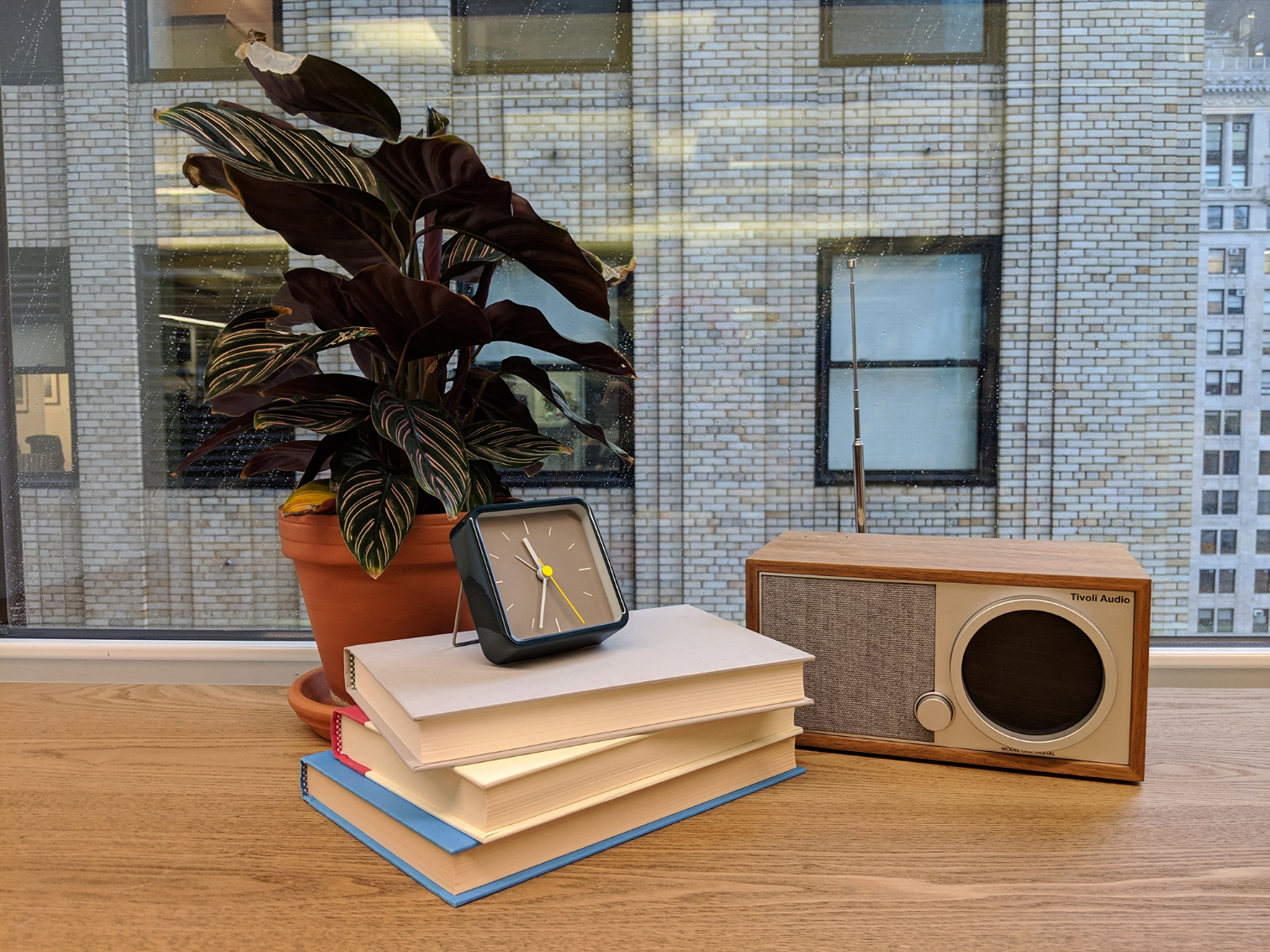Pixel 3 Camera Hands-On: How Good Is It?
The latest Pixel phones put an emphasis on improving the front and rear cameras. Here’s an early look at what kind of photos those Pixel 3 enhancements produce.
With the Pixel 3, Google is doubling down on computational photography to make its cameras better than they’ve ever been. And from what we’ve seen so far, the results speak for themselves.

Just like previous Pixels, the Pixel 3 and Pixel 3 XL sport identical camera setups. There’s a 12.2-megapixel, f/1.8 aperture main lens on the back of either new Pixel, and a pair of front-facing cameras — one of which incorporates a wide-angle perspective.
Meet the new features
Strictly in terms of the numbers, you’d never expect these to be particularly noteworthy cameras. But once again, the Pixel 3’s photography prowess all comes down to Google’s clever software. HDR+, introduced with last year’s Pixel 2, is back and better than ever, combing eight separate exposures and merging them to deliver sharper, more evenly-lit shots.
And then there are the new features Google is rolling out with the Pixel 3 — Top Shot, Super Res Zoom and Night Sight.
Top Shot collects frames before and after you press the shutter button. If the Pixel 3 notices something amiss — perhaps a person blinked, or there was unintended motion — it’ll recommend you switch to another frame. But even if there’s nothing obviously wrong with what you captured, you can still scrub through a succession of frames to find one that speaks to you.
Super Res Zoom enhances the Pixel 3’s digital zoom by recording movement that naturally occurs whenever a photo is taken. This information is then used to bring out detail that would typically be lost without a lens capable of an optical zoom.

Finally, the Night Sight feature — which hasn’t launched yet and will eventually come to older Pixels as well down the line — takes a similar tactic to Super Res Zoom as a way of improving low-light photography. With additional frames, the Pixel 3 can suss out colors and details lost in dark scenes, and to inject some life and clarity back into photos. Night Sight could be a pretty magical feature based on what Google teased during its hardware event, though we won’t know for certain what it can really do until the company rolls it out.
MORE: Pixel 3's Huge AI Advantage Spells Trouble for Apple and Samsung
The Pixel 3’s front-facing cameras are rated at 8 megapixels each, and Google says the wide-angle lens in particular includes 184 percent more of your surroundings in the frame than the iPhone XS’ selfie cam. Toggling between the two couldn’t be easier — simply zoom out to transition to the wider lens.
How the camera performs
So what do these enhancements mean for your photos? You can look forward to our upcoming review of the Pixel 3 for in-depth camera comparisons with other leading smartphones, including the iPhone XS and Samsung Galaxy Note 9. In the meantime, these sample images give us some idea of how the Pixel 3 camera performs.

As you’d expect from a Pixel product, Google’s latest handset does a respectable job of navigating those tricky moments marred by strong backlighting, like this picturesque scene of New York’s Herald Square at dusk. It deftly navigates the highlights and shadows to retain detail in each without blowing things out of proportion.

The Pixel 3 even cleans up nicely indoors, where the warm glow of lights in our office would typically wreak havoc on a phone’s auto white balance.

However, the Pixel 3 does its most impressive work when things get extra dark. This scene is lit by two light sources: a candle, and lighting from an adjacent room. It was actually extremely dim here, but judging by the Pixel 3’s shot here you’d never know it. Google’s HDR+ mode is able to brighten the darkest sections without pumping up the ISO to ridiculously grainy levels. And as hard as it is to believe, once Night Sight is out, photos like this should look even better.

I’m not one to enjoy taking selfies, but even I can get behind a selfie cam that makes me look as good as the Pixel 3’s. Details are crisp, but never in painfully gross way that simply exposes all of your blemishes.

Even when you opt for that fisheye-esque wide-angle perspective, the results still look flattering. Many phones, such as the LG V40, lose considerable detail at the fringes when shooting in wide-angle mode. But the Pixel 3 avoids that distortion, while including so much more of your surroundings in the frame. According to Google’s math, it actually works out to 184 percent more than what the front-facing camera of an iPhone XS sees.
Outlook
Right now, we’re pleased with the results we’re seeing from the Pixel 3’s cameras, and it’s clear even at this stage that this will be a contender for one of the year’s best handsets for photography. Look forward to our review and subsequent camera comparisons for a deeper dive into how Google’s latest imaging hardware and software stack up against the best on the market.
Sign up to get the BEST of Tom's Guide direct to your inbox.
Get instant access to breaking news, the hottest reviews, great deals and helpful tips.
Adam Ismail is a staff writer at Jalopnik and previously worked on Tom's Guide covering smartphones, car tech and gaming. His love for all things mobile began with the original Motorola Droid; since then he’s owned a variety of Android and iOS-powered handsets, refusing to stay loyal to one platform. His work has also appeared on Digital Trends and GTPlanet. When he’s not fiddling with the latest devices, he’s at an indie pop show, recording a podcast or playing Sega Dreamcast.
